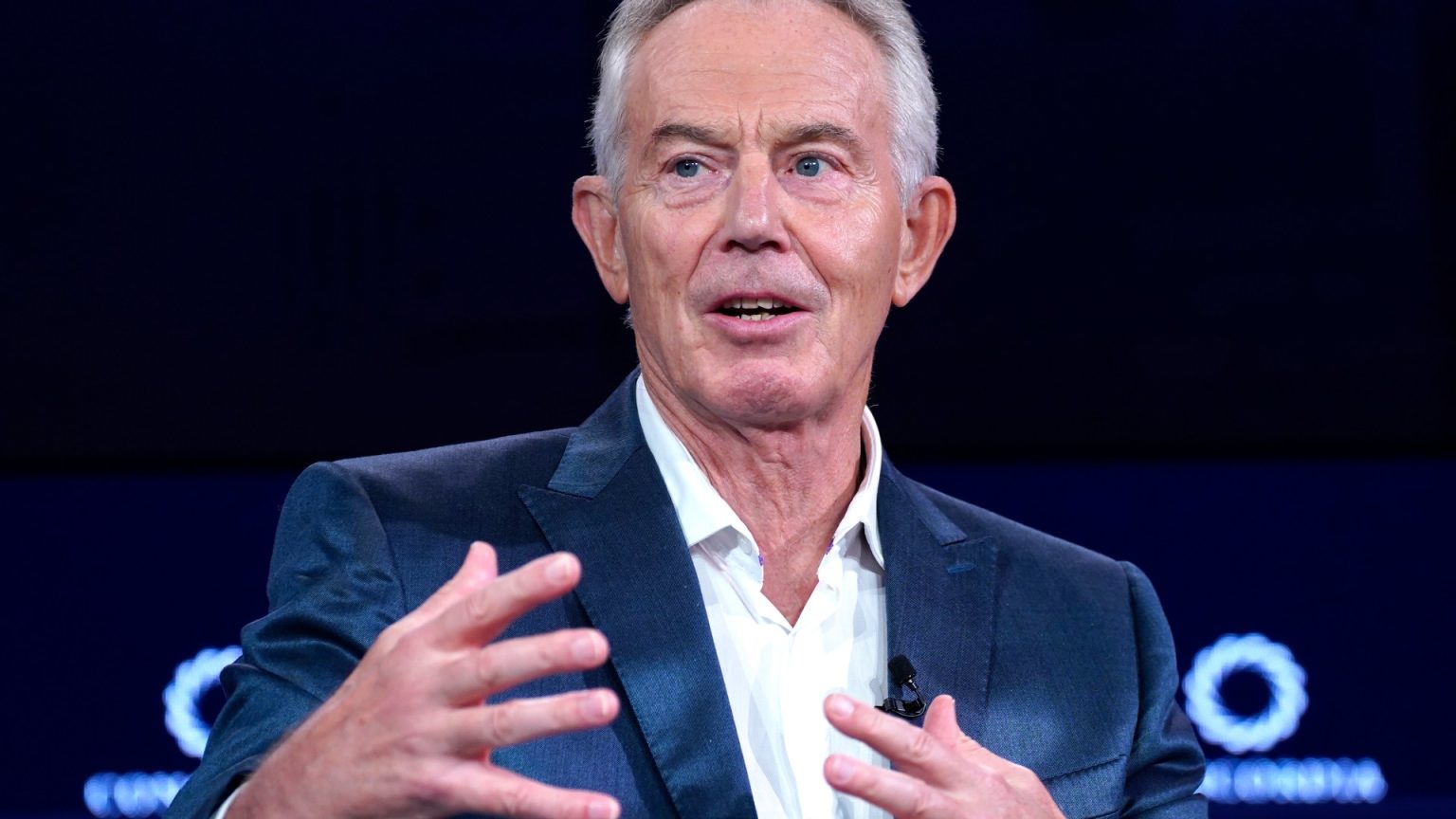The number of children seeking specialist anxiety treatment has doubled in four years, a concerning trend influenced by various factors, including the COVID-19 pandemic, school closures, the cost-of-living crisis, and the pervasive presence of social media. While these external pressures undoubtedly contribute to heightened anxiety levels in young people, there is growing concern that the trend towards labeling normal emotional fluctuations as mental health issues is exacerbating the problem. This over-medicalization of everyday anxieties not only strains NHS resources but also potentially diverts attention and support away from individuals with genuine mental health needs. Former Prime Minister Tony Blair’s recent comments on this issue, while potentially viewed as outdated by some, highlight the need for a balanced perspective, emphasizing the importance of resilience and the ability to cope with life’s inevitable challenges.
The increasing prevalence of anxiety among young people is further complicated by the rise of a mental health industry that often readily provides diagnoses and medication, sometimes for what may simply be transient periods of sadness or worry. This trend is critiqued by some mental health professionals, such as NHS psychiatrist Joanna Moncrieff, who argue that these issues are often better addressed through coping mechanisms, lifestyle changes, and addressing underlying stressors, rather than resorting to pharmaceutical solutions. The influence of celebrities and social media in shaping perceptions of mental health is also a significant factor, sometimes raising awareness and encouraging open conversations but also potentially contributing to a bandwagon effect, where normal emotional responses are misconstrued as diagnosable conditions. This can lead to unnecessary anxiety and further strain on mental health services.
The blurring of lines between normal worries and clinically significant anxiety presents challenges for employers as well. While many young people demonstrate resilience and strong work ethic, some employers report an increasing tendency among young staff to take sick leave for relatively minor emotional setbacks. This raises questions about the appropriateness of such responses and the potential need for greater emphasis on developing coping mechanisms and resilience in young adults. While genuine mental health concerns should always be taken seriously, it’s important to avoid catastrophizing normal emotional fluctuations and to encourage individuals to develop healthy coping strategies.
The narrative shifts to address several unrelated news items, starting with the announcement of Little Mix star Jesy Nelson’s pregnancy with twins. This news prompts reflection on the challenges of parenthood, particularly with twins, and underscores the need for strong relationships and ample resources to navigate the demands of raising multiple infants simultaneously. The story then transitions to a discussion of evolving social norms in pubs, where younger generations are increasingly adopting a single-line queuing system, replacing the more chaotic, free-for-all approach of the past. This change is lauded for its fairness and efficiency, improving the customer experience and easing the burden on bar staff.
Next, the article addresses the case of a GP, Dr. Patrick Hart, jailed for criminal damage during a Just Stop Oil protest. This raises questions about the balance between activism and professional responsibilities, particularly in a field like medicine where the principle of “do no harm” is paramount. The story then highlights the innovative approach of a scientific journal using children to review complex academic articles, aiming to ensure accessibility and clarity for a broader audience. This practice suggests a potential model for other fields, such as consumer product instructions, where jargon and technical language can often create confusion for the average user.
Finally, the article touches on the BBC’s increased budget for makeup services for its news presenters, reflecting on the evolution of television makeup practices over the years. It concludes with a discussion of the alarming rise in assaults against frontline medical workers, highlighting the need for greater protection and support for these essential professionals. The incident involving a nurse critically injured while on duty underscores the dangers faced by healthcare workers and the urgent need for measures to ensure their safety and well-being. These disparate stories, while seemingly unconnected, offer a glimpse into various aspects of contemporary life, from the anxieties of young people and the challenges of parenthood to evolving social norms and the need for greater respect and protection for those working in essential services.




